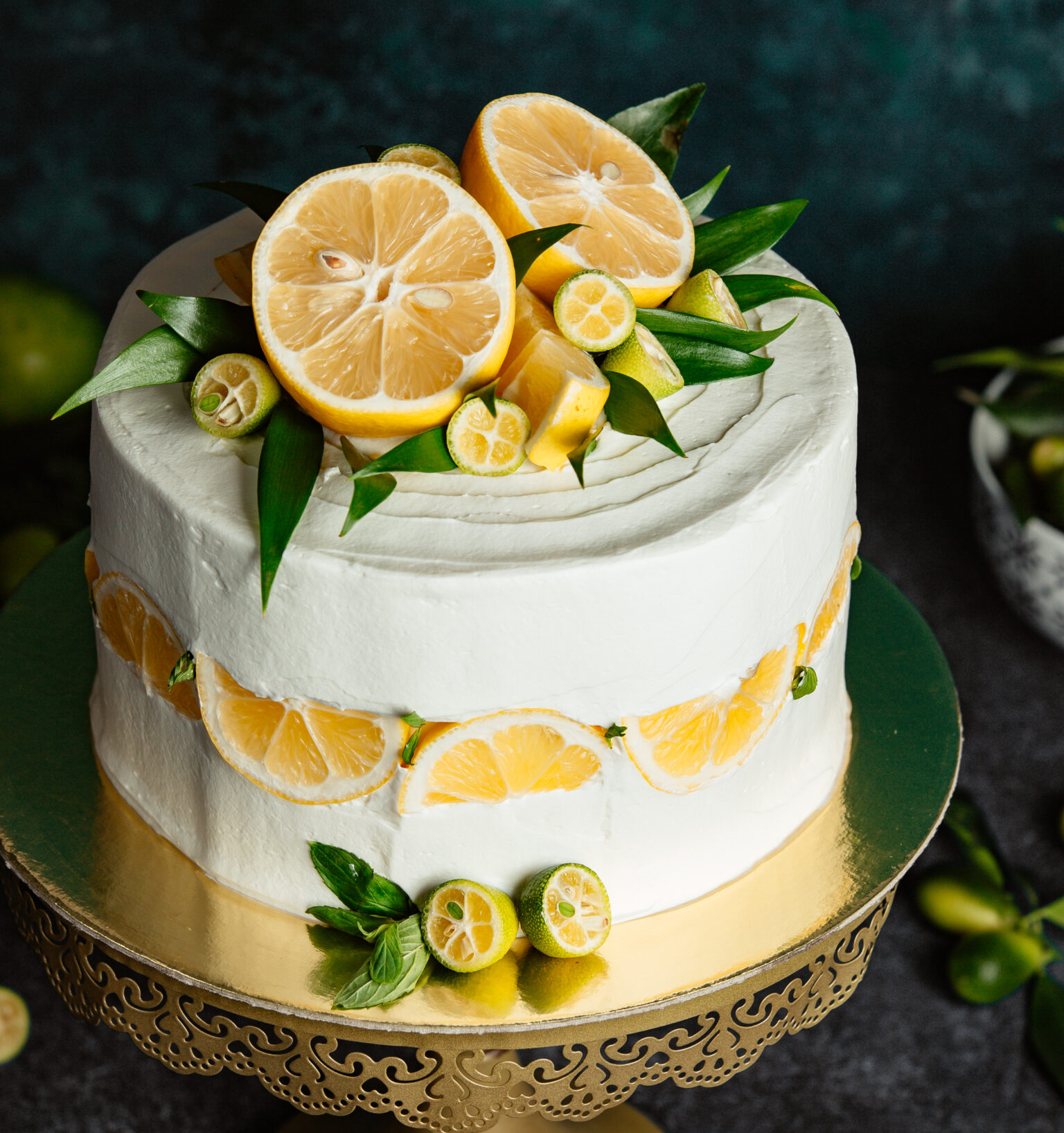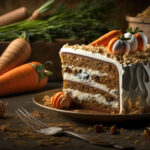Lemon vanilla cake is a delightful combination of tangy lemon flavor and the classic taste of vanilla. It’s a refreshing and light dessert that is perfect for any time of the year. If you’re looking to create a delicious lemon vanilla cake, here are some helpful tips to guide you:
- Use Fresh Lemons: For the best flavor, use fresh lemons rather than bottled lemon juice. Freshly squeezed lemon juice provides a bright and vibrant citrus taste that enhances the overall flavor of the cake. Also, make sure to zest the lemons before juicing them, as lemon zest adds extra fragrance and tanginess.
- Measure Ingredients Accurately: Baking is a precise science, so it’s essential to measure your ingredients accurately. Use measuring cups and spoons designed for baking and level off the ingredients to ensure consistent results. Proper measurements contribute to the texture and structure of the cake.
- Incorporate Lemon Zest: Lemon zest adds a burst of citrus flavor to your cake. When zesting the lemons, be careful not to include the white pith, as it can add bitterness. Use a fine grater or a zester to grate the outer yellow part of the lemon peel, which contains the flavorful oils.
- Enhance the Flavor with Vanilla Extract: Vanilla extract complements the bright lemon flavor and adds a warm and comforting aroma to the cake. Use pure vanilla extract for the best flavor. You can also scrape the seeds from a vanilla bean if you prefer a more intense vanilla taste.
- Alternate Dry and Wet Ingredients: When adding the dry ingredients (such as flour, baking powder, and salt) and the wet ingredients (such as lemon juice, milk, and oil) to the cake batter, alternate between the two. Start and finish with the dry ingredients. This method helps to prevent overmixing and results in a tender and moist cake.
- Beat the Butter and Sugar: Creaming the butter and sugar together is an important step in creating a light and fluffy cake. Use softened butter and beat it together with the sugar until the mixture is light and fluffy. This helps to incorporate air into the batter, resulting in a tender and airy cake.
- Use Buttermilk: Buttermilk adds moisture and tenderness to the cake while enhancing the tangy flavor. If you don’t have buttermilk on hand, you can make a substitute by adding 1 tablespoon of vinegar or lemon juice to 1 cup of milk and letting it sit for a few minutes.
- Don’t Overmix the Batter: Overmixing the batter can lead to a dense and tough cake. Mix the ingredients until just combined, using a spatula or a hand mixer on low speed. Stop mixing as soon as the ingredients are fully incorporated. Overmixing can develop gluten in the batter, resulting in a less tender cake.
- Properly Grease and Flour the Pans: Grease your cake pans with butter or cooking spray and dust them with flour. This ensures that the cake layers easily release from the pans. Tap out any excess flour before pouring in the batter.
- Bake at the Right Temperature: Follow the recommended baking temperature in the recipe. Most lemon vanilla cakes bake well at around 350°F (175°C). Avoid opening the oven door too often during baking, as it can cause the cake to sink or become unevenly baked.
- Check for Doneness: Use a toothpick or a cake tester to check if the cake is fully baked. Insert it into the center of the cake—if it comes out with a few moist crumbs clinging to it, the cake is done. If there is wet batter on the toothpick, continue baking for a few more minutes.
- Cool the Cake Properly: After baking, let the cake cool in the pans for about 10 to 15 minutes. Then, gently invert the cake layers onto a wire rack to cool completely. Cooling the cakes properly prevents them from sticking to the pans and ensures that the frosting adheres well.
- Frost and Decorate: Lemon vanilla cake pairs well with a variety of frostings, such as cream cheese frosting, buttercream, or a lemon glaze. Choose your favorite frosting and spread it generously over the cooled cake. You can also decorate the cake with lemon zest, fresh berries, or edible flowers for an elegant touch.
- Serve and Enjoy: Once frosted and decorated, your lemon vanilla cake is ready to be enjoyed. Serve it as a delightful dessert for any occasion or as a treat to brighten up your day.
By following these tips, you’ll be well on your way to creating a delicious lemon vanilla cake that will impress your family and friends. Enjoy the process, experiment with flavors, and savor every slice of this tangy and aromatic delight!








